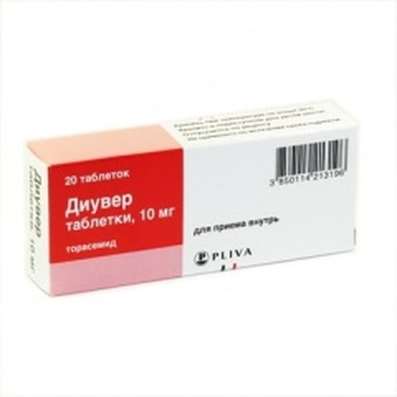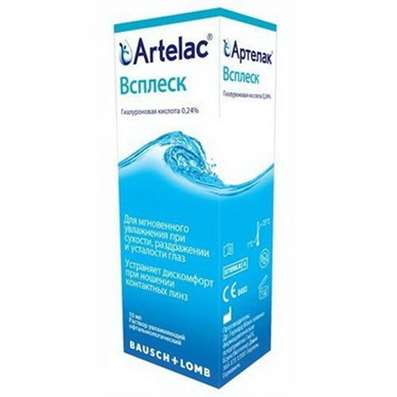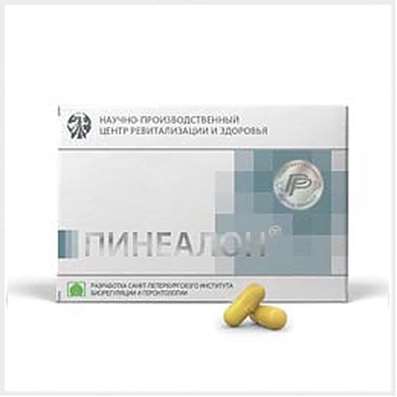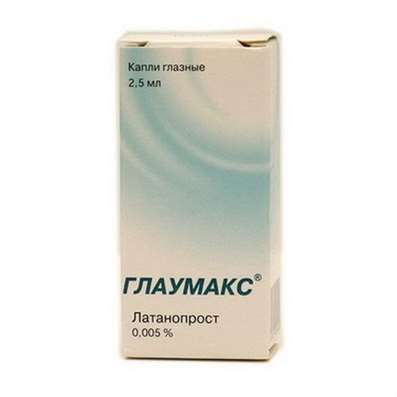Instruction for use: Dicynone
I want this, give me price
Dosage form: Solution for intravenous and intramuscular administration; tablets
Active substance: Etamsylatum
ATX
B02BX01 Etamsylate
Pharmacological groups:
Hemostatic agent [Coagulants (including factors of blood coagulation), hemostatics]
Hemostatic agent [Angioprotectors and microcirculation correctors]
The nosological classification (ICD-10)
D65-D69 Blood clotting disorders, purpura and other hemorrhagic conditions: Hyperfibrinolysis; Hypocoagulation; Increased vascular permeability; Hemorrhagic syndrome
H35 Other retinal disease: retinal degeneration; Retinal degenerative changes in the eye; Subacute and chronic insufficiency of blood circulation in the retina or choroid
H35.6 Retinal hemorrhage: Hemorrhagic retinopathy; Hemorrhage in the retina; Hemorrhage in the retina of the eye; Repeated haemorrhage in the retina; Rota company; Hemorrhages in the eye; Hemorrhages in the retina at altitudes
H43.1 Haemorrhage in the vitreous: Intraocular hemorrhage; Post-traumatic hemorrhage
I78.8 Other capillary diseases: Capillary bleeding; Capillary bleeding in dentistry; Capillary bleeding from superficial wounds; Capillary bleeding in general surgery; Bleeding capillary; Increased brittleness of blood vessels; Teleangiectasia
I79.2 Peripheral angiopathy in diseases classified elsewhere: diabetic angiopathy; Angiopathy in diabetes; arteriosclerosis diabetic; Pain in lesions of peripheral nerves; Diabetic angiopathy; Diabetic microangiopathy; Diabetic vascular disease; Intermittent angioneurotic disbaziya; Macroangiopathy in diabetes; microangiopathy; Microangiopathy in diabetes mellitus; Tingling sensations in the hands and feet; Coldness in the extremities; Peripheral angiopathy; Peripheral arterial disease; Sclerosis Menkeberga; Chronic obliterating diseases of arteries
N92 Abundant, frequent and irregular menstruation: Metromenorragia; Menorrhagia; Menorrhagia primary; Idiopathic menorrhagia; Menorrhagia; Functional metronormorragia; Primary menorrhagia
N93 Other abnormal bleeding from the uterus and vagina: Atonic uterine bleeding; Prolonged menstruation; Blood loss during menstruation; Bleeding from the genitourinary system; Bleeding uterine dysfunctional; Bleeding from the genital tract of organic etiology; Uterine bleeding; Menorrhagia with fibroids; Functional uterine bleeding; Abnormal bleeding from the genitals in women
R58 Bleeding, not elsewhere classified: Abdominal apoplexy; Hemorrhagia; Haemorrhage of the esophagus; Hemorrhage; Generalized bleeding; Diffuse bleeding; Diffuse bleeding; Prolonged bleeding; Blood loss; Blood loss during surgical interventions; Bleeding during surgery and in the postoperative period; Bleeding during labor; Bleeding and haemorrhage in hemophilia B; Bleeding from the gums; Bleeding intraoperative abdominal; Bleeding against a background of coumarin anticoagulants; Hepatic hepatitis; Bleeding in hemophilia A; Bleeding at hemophilia A; Bleeding with inhibitory forms of hemophilia A and B; Bleeding due to leukemia; Bleeding in patients with leukemia; Bleeding; Bleeding due to portal hypertension; Bleeding due to hyperfibrinolysis; Drug bleeding; Local bleeding; Local bleeding due to activation of fibrinolysis; Massive blood loss; Acute blood loss; Parenchymal hemorrhage; Hepatic bleeding; Postoperative hemorrhage; Kidney bleeding; Vascular-platelet hemostasis; Traumatic bleeding; Threatening bleeding; Chronic blood loss
Z100 * CLASS XXII Surgical practice: Abdominal surgery; adenomectomy; Amputation; Coronary angioplasty; Angioplasty of the carotid arteries; Antiseptic skin treatment for wounds; Antiseptic Hand; Appendectomy; atherectomy; Balloon coronary angioplasty; Vaginal hysterectomy; The coronary bypass; Interventions in the vagina and cervix; Interventions on the bladder; Intervention in the mouth; Restoration and reconstructive surgery; Hand hygiene of medical personnel; Gynecologic surgery; Gynecological intervention; Gynecological surgery; Hypovolemic shock during operations; Disinfection of purulent wounds; Disinfection of wounds edges; Diagnostic intervention; Diagnostic procedures; Cervical Diathermocoagulation; Long-surgery; Replacing the fistula catheters; Infection in orthopedic surgery; Artificial heart valve; cystectomy; Short-term outpatient surgery; Short-term operation; Short surgical procedures; Krikotireotomiya; Blood loss during surgery; Bleeding during surgery and in the postoperative period; Kuldotsentez; laser photocoagulation; laser coagulation; retinal laser coagulation; Laparoscopy; Laparoscopy in Gynecology; CSF fistula; Small gynecological operations; Small surgical procedures; Mastectomy and subsequent plastic; mediastinotomy; Microsurgical operations on the ear; Mukogingivalnye operation; suturing; Minor surgery; neurosurgical operation; Immobilization of the eyeball in ophthalmic surgery; testectomy; pancreatectomy; Perikardektomiya; The period of rehabilitation after surgery; The period of convalescence after surgery; Percutaneous transluminal coronary angioplasty; Pleural thoracentesis; Pneumonia postoperative and posttraumatic; Preparation for surgical procedures; Preparation for surgery; Preparation of the surgeon's hands before surgery; Preparation of the colon for surgical procedures; Postoperative aspiration pneumonia in neurosurgical and thoracic surgery; Postoperative nausea; Postoperative bleeding; postoperative granuloma; postoperative shock; The early postoperative period; myocardial revascularization; Radiectomy; gastric Resection; bowel resection; uterine Resection; liver Resection; enterectomy; Resection of part of the stomach; Reocclusion of the operated vessel; Bonding tissues during surgical procedures; Removal of sutures; Condition after eye surgery; Condition after surgery; Condition after surgery in the nasal cavity; Condition after gastrectomy; Status after resection of the small intestine; Condition after tonsillectomy; Condition after removal of the duodenum; Condition after phlebectomy; Vascular surgery; Splenectomy; Sterilization of surgical instruments; Sterilization of surgical instruments; sternotomy; Dental surgery; Dental intervention in periodontal tissues; strumectomy; Tonsillectomy; Thoracic surgery; Thoracic surgery; total gastrectomy; Transdermal intravascular coronary angioplasty; Transurethral resection; Turbinektomiya; Removal of a tooth; cataract surgery; Removal of cysts; tonsillectomy; Removal of fibroids; Removing the mobile primary teeth; Removing polyps; Removing broken tooth; Removal of the uterus body; Removal of sutures; Fistula likvoroprovodyaschih ways; Frontoetmoidogaymorotomiya; Surgical infection; Surgical treatment of chronic limb ulcers; Surgery; The surgery in the anal area; The surgery on the colon; Surgical practice; The surgical procedure; Surgical interventions; Surgery on the gastrointestinal tract; Surgical procedures on the urinary tract; Surgical procedures on the urinary system; Surgical intervention of the genitourinary system; Surgical procedures on the heart; Surgical manipulation; surgery; Surgery on the veins; Surgical intervention; Vascular surgery; Surgical treatment of thrombosis; Surgery; cholecystectomy; Partial gastric resection; hysterectomy; Percutaneous transluminal coronary angioplasty; Percutaneous transluminal angioplasty; Coronary artery bypass; tooth Extirpation; Extirpation of milk teeth; pulpectomy; pulsative cardiopulmonary bypass; tooth Extraction; teeth Extraction; cataract extraction; Electrocoagulation; endourological intervention; episiotomy; Etmoidotomiya; Complications after tooth extraction
Composition
Tablets 1 table.
active substance: Ethamylate 250 mg
Auxiliary substances: corn starch - 65 mg; Lactose - 60.5 mg; Citric acid anhydrous - 12.5 mg; Magnesium stearate - 2 mg; Povidone K25 - 10 mg
Pharmachologic effect
Mode action - Angioprotective, hemostatic.
Dosing and Administration
Inside.
The optimal daily dose of etamzilate for adults is 10-20 mg / kg / day, divided into 3-4 doses. In most cases, a single dose of 250-500 mg (1-2 tablets), if necessary, a single dose can be increased to 750 mg (3 tables).
Adults and adolescents (over 12 years old, weighing more than 40 kg)
In the preoperative period - 250-500 mg (1-2 tablets) for 1 h before the operation.
In the postoperative period - 250-500 mg (1-2 tablets) every 4-6 hours until the risk of bleeding disappears.
To stop bleeding - 500 mg (2 tablets) every 8-12 hours (1000-1500 mg / day) with food or a small amount of water.
When treating metro- and menorrhagia - 500 mg (2 tablets) 3 times a day (1500 mg / day) for 5-10 days.
Children from 3 to 12 years - half the dose for adults.
Release Form
Tablets, 250 mg. For 10 tab. In a blister, 10 blisters are placed in a pack of cardboard.
Manufacturer
Lek dd, Verovshkova 57, Ljubljana, Slovenia.
Claims of consumers to send to ZAO Sandoz: 125317, Moscow
Conditions of supply of pharmacies
On prescription.
Storage conditions of the drug Dicynone
In dry, the dark place at a temperature of no higher than 25 ° C.
Keep out of the reach of children.
Shelf life of the drug Dicynone
5 years.
Do not use after the expiry date printed on the package.

 Cart
Cart





